Artiles
Open Access
Article
12 December 2025Understanding the Genetic Diversity of Bacteria Isolated from Across the Atacama Desert
Despite being one of the driest and harshest deserts on Earth, the Atacama Desert is home to a variety of bacterial life. Microorganisms that reside here may have developed adaptations to help them survive this unique environment. In this study, we used bioinformatic and genetic methods to assess the abundance of phyla that are present in this environment and focus on the types of adaptations individual bacteria have obtained. To assess bacterial diversity, we used 16S rRNA sequencing on soil samples and determined the relative composition of different phyla and archaea at sixteen locations. The whole genome sequence genome of eight selected pigmented bacteria was also performed. We found that all strains we sequenced are predicted to produce bioactive compounds. We focused on stress-tolerance capabilities, including pigment production pathways, biofilm-related genes, antibiotic production, and genome stability. We also found that the pigments that these bacteria produce have antioxidant, iron, and ion chelating, and/or antibiotic properties. This characterization allows us to assess adaptive strategies of bacteria, which is important in the fields of agriculture, biotechnology, and health.
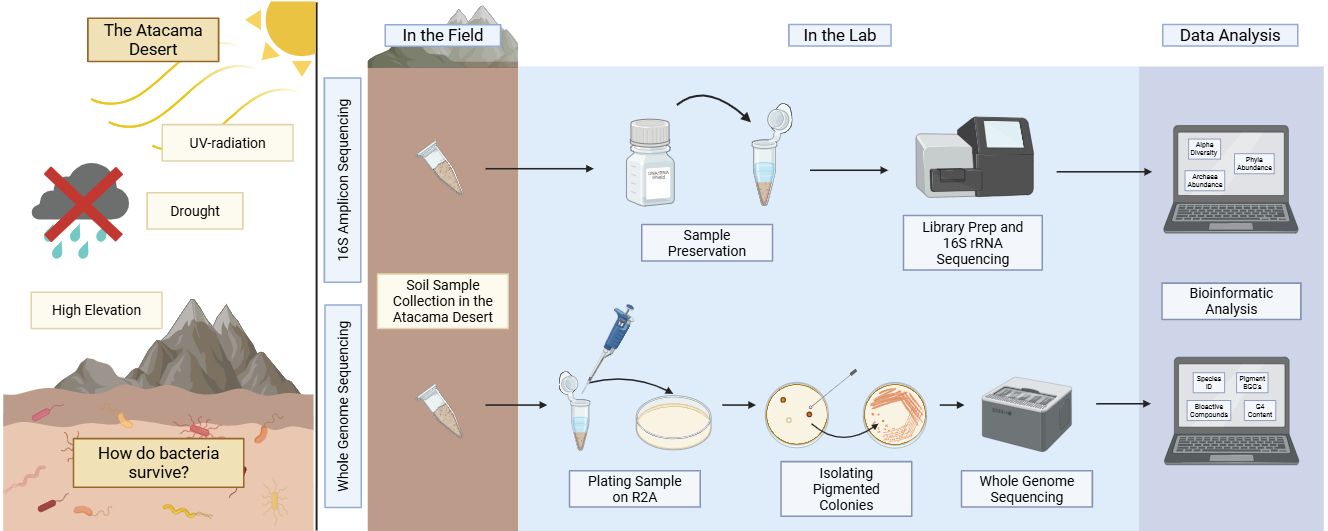
Open Access
Review
12 December 2025Review of Ground Insulation Resistance Detection Methods for Photovoltaic (PV) Systems
With the rapid growth of PV systems, accurate detection of insulation resistance in PV inverters has become increasingly crucial to ensure system safety and operational stability. This paper presents a systematic review of current ground insulation resistance detection methods for PV systems. First, the operating principles of various insulation resistance detection schemes are reviewed. Furthermore, the performance of these methods is evaluated based on several key metrics. Additionally, various fault locating techniques are examined. Overall, this paper aims to provide a comprehensive overview of the latest advancements in insulation resistance detection for PV systems.
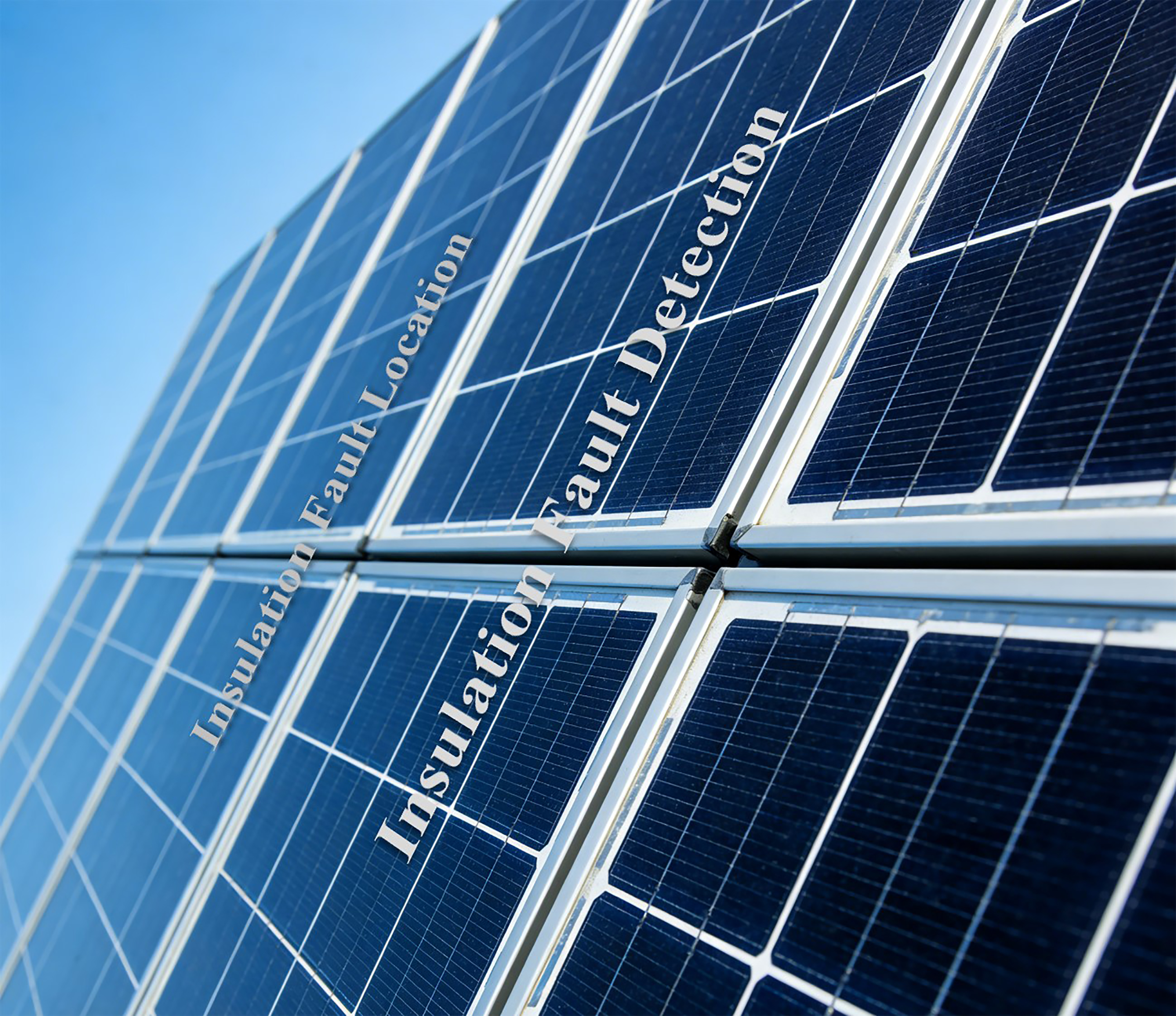
Open Access
Review
12 December 2025Bibliometric Review of Bio-Based Building Materials and a Comparison with Prior Research: Toward Probabilistic Approaches for Material Variability
The purpose of this article is to extend previous bibliometric research on bio-based building materials by conducting a comparative analysis. The objective is to expand the initial study by applying a broader and more inclusive set of search terms to evaluate the sensitivity of Web of Science to keyword variations. In parallel, a separate bibliometric analysis is performed on research related to probabilistic approaches, which are essential for managing the variability and uncertainty in building material properties. Finally, a third bibliometric analysis is carried out at the intersection of these two fields: bio-based building materials and probabilistic methods. This integrated analysis aims to highlight the existing gap in the literature. The findings reveal the limited application of probabilistic approaches in the study of bio-based building materials and underscore the need to incorporate uncertainty quantification and stochastic modeling to understand better and optimize these sustainable construction resources. Overall, the results highlight two main outcomes. First, they demonstrate the strong sensitivity of bibliometric outcomes to the choice of search terms and databases, emphasizing the need for transparent and consistent keyword strategies; second, they show that the overlap between probabilistic approaches and bio-based materials research remains extremely limited, underscoring the importance of fostering stronger integration between these areas.

Open Access
Perspective
12 December 2025Randomization, Ritual, and Cultural Evolution: Revisiting Omar Khayyam Moore’s “Divination: A New Perspective”
In 1957, Omar Khayyam Moore proposed a novel hypothesis that Naskapi divination (scapulimancy) functioned as a randomization device to improve hunting success. This paper traces the intellectual history of Moore’s argument, reviewing both the initial support it received and the significant critiques that have rendered its original formulation empirically and theoretically untenable. While Moore’s specific claims about caribou hunting and group-level benefits are likely flawed, I argue that the enduring value of his work lies in the profound question it raised: how can functionally adaptive cultural practices emerge without conscious design? By re-examining Moore’s hypothesis through the lens of contemporary cultural evolutionary theory, in this paper, I show how his core insight has been revitalized. Modern frameworks, particularly those developed by Joseph Henrich, provide a robust mechanism—biased social learning—to explain the evolution of “design without a designer”. This perspective demonstrates that causally opaque and seemingly irrational practices can be culturally transmitted and refined because they generate adaptive outcomes, an insight that has inspired and been supported by a wave of recent psychological, experimental, and historical research. Ultimately, Moore’s contribution is reframed not as a failed functionalist explanation, but as a prescient, foundational query that anticipated a central research program in the modern study of human behavior and culture.
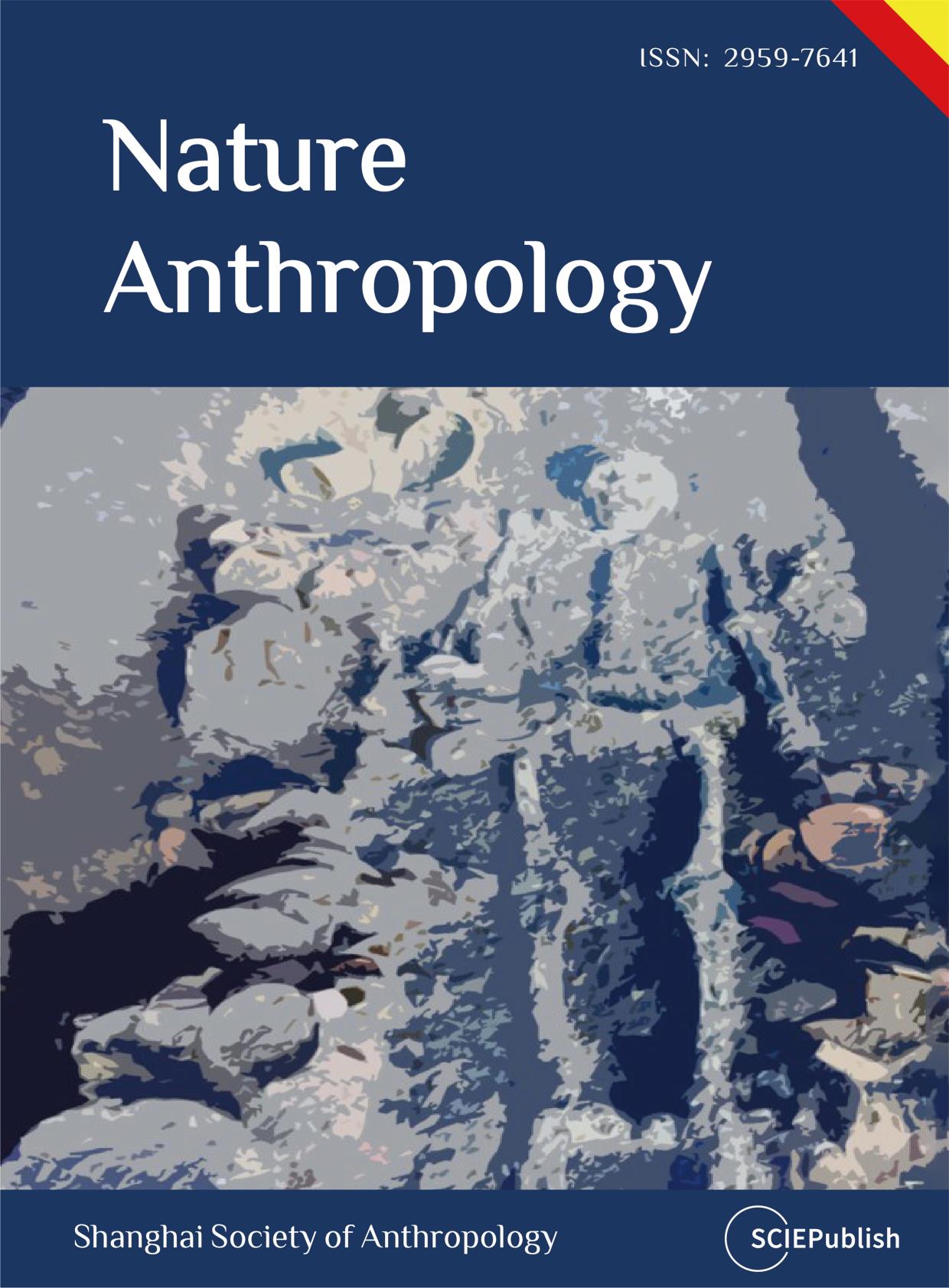
Open Access
Review
11 December 2025CRISPR-Armed Phages: Design, Mechanisms, Applications, and Prospects in Precision Microbiome Engineering
The dysregulation of microbial communities poses severe threats to host health and ecological stability, yet traditional microbiome modulation strategies lack specificity and often exacerbate dysbiosis. The CRISPR-Cas system offers unprecedented potential for targeted microbiome regulation due to its sequence-specific nucleic acid recognition and cleavage capabilities, but its translation is hindered by inefficient and non-specific delivery. As natural bacterial predators with inherent host specificity, bacteriophages have emerged as ideal carriers to address this delivery bottleneck. The development of CRISPR-armed phages combines the targeted delivery of phages and the precision editing advantages of CRISPR-Cas systems. This review systematically elaborates on the design and mechanism of CRISPR-armed phages for microbiome engineering. CRISPR-Cas systems were classified on the basis of their structural and functional characteristics, as well as their regulatory effects, in detail after phage delivery. The engineering strategies of integrative and non-integrative phage vectors were then discussed, followed by their applications in ecological regulation and genetic regulation of the microbiome. The current limitations were finally analyzed, such as narrow phage host range, bacterial phage resistance, and low editing efficiency. This review provides a comprehensive theoretical framework to promote the development of CRISPR-armed phages, aiming to advance precision microbiome engineering for human health.

Open Access
Review
10 December 2025Intracellular Chloride Channels: A Rising Target in Lung Disease Research
Chloride intracellular ion channels (CLICs) represent a relatively underexplored class of chloride channels and are included in a research initiative that focuses on druggable genes that have not been well studied yet. As a unique family, CLICs exist in membrane and soluble forms and play a role in regulating chloride flux and modulating various aspects of cellular biology. To date, six mammalian CLICs have been cloned and characterized at molecular and physiological levels. The respiratory system, responsible for gas exchange between the atmosphere and the human body, has recently been shown to express CLICs with functional relevance in lung pathophysiology, including lung carcinoma, inflammation, and endothelial dysfunction. Notably, the expression patterns of CLIC isoforms in lung cell types are distinct. Among them, CLIC1, CLIC3, and CLIC4 have been investigated more extensively, particularly in the context of lung cancer, inflammatory diseases, and pulmonary arterial hypertension. A deeper understanding of the role of CLICs in regulating lung cellular function may pave the way for developing novel therapeutic strategies to treat pulmonary disorders. In this review, we summarize the expression and functional roles of CLICs in lung pathophysiology, with particular emphasis on CLIC1, CLIC3, and CLIC4.
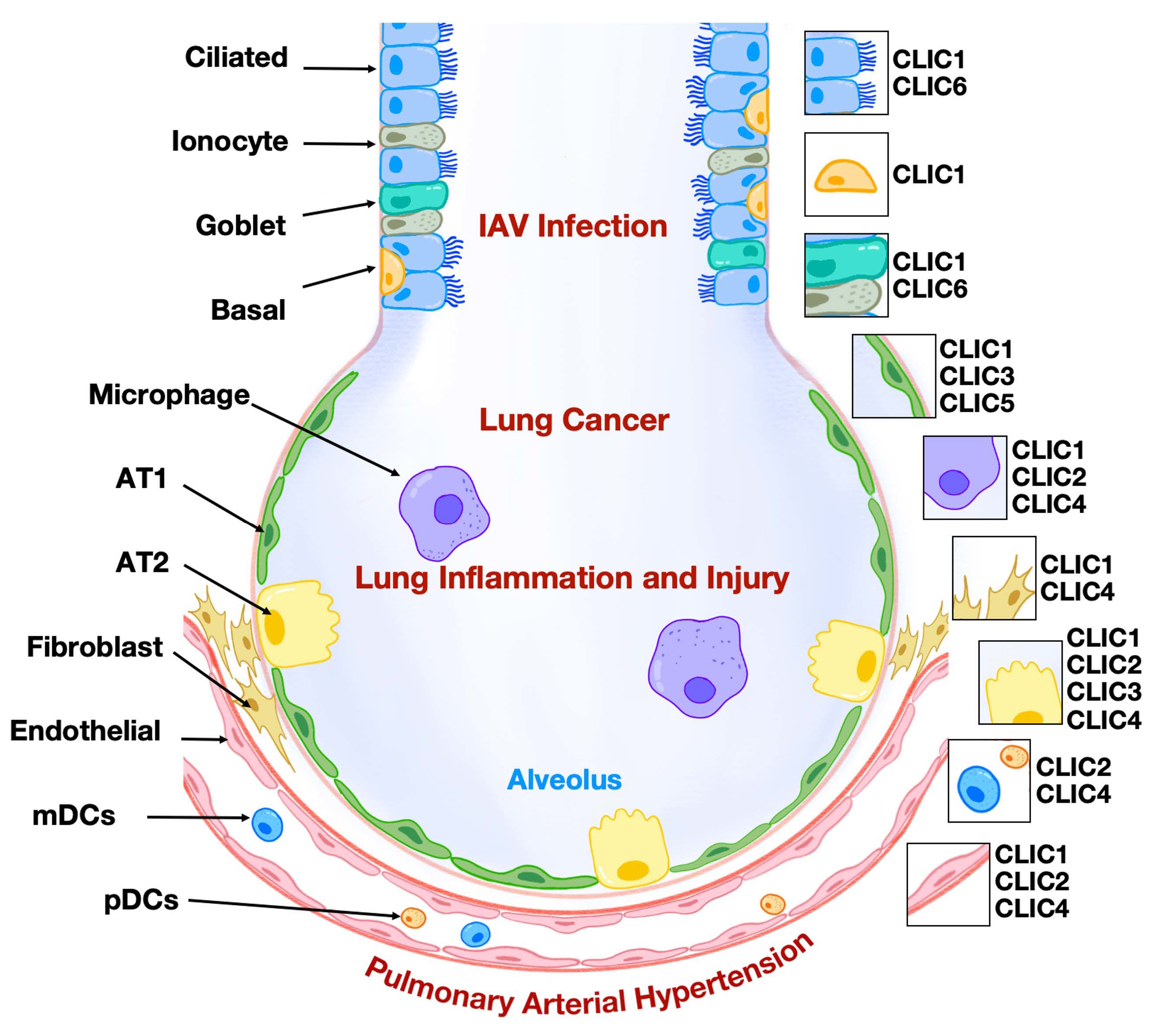
Open Access
Article
09 December 2025A Comprehensive Survey of Deep Reinforcement Learning Techniques for Soft Mobile Robots
Soft robotics has emerged as a promising direction for enabling safe, adaptive, and energy-efficient interactions with unstructured environments due to its inherent compliance. Recently, Deep Reinforcement Learning (DRL) has become a powerful tool for autonomous behavior generation in soft robots, surpassing limitations of classical model-based control. However, despite rapid growth of publications in this domain, there is still a lack of systematic comparative surveys that clarify how different DRL approaches have been used for soft mobile robots, what types of tasks they address, and what performance evaluation criteria have been used. In this article, we review and classify existing works in DRL-enabled soft robotics, focusing particularly on soft mobile systems, and present a structured synthesis of contributions, algorithms, training strategies, and real-world applications. Unlike previous reviews that discuss soft robotics or DRL separately, this paper explicitly provides cross-comparison across DRL paradigms and soft robot tasks, enabling researchers to identify suitable DRL approaches for different soft mobile robotic behaviors. Finally, major challenges and promising future directions are proposed to advance this interdisciplinary research area.
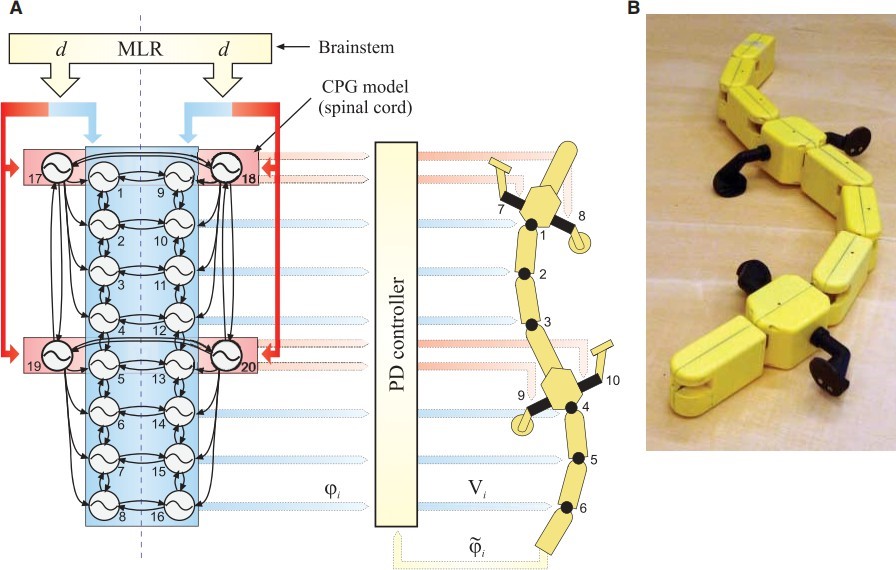
Open Access
Article
09 December 2025Mechanical Characterization of Ship Building Grade A Steel by Rapid Cooling in Different Liquid Media
Steel is an essential component used to build marine vessels due to its endurance of the sea’s harsh conditions, including corrosion and dynamic stresses, therefore, different grades of mild steel are used in shipbuilding. It provides the strength, ductility, and weldability necessary for structural integrity, consisting of carbon, manganese, etc., as alloying elements. In this research, different quenching media were employed to assess variations in mechanical properties. This process ultimately triggered alterations in the microstructure of the steel. Two types of media, such as vegetable oil (Canola) and Polyvinylpyrrolidone polymer (PVP), were studied in comparison with simple heat-treated steel. Mechanical characterization comprised of tensile testing, hardness and impact testing to evaluate major changes in strength and ductility. Furthermore, a microscope was used to interpret the microstructure. To guarantee consistency in testing, samples were prepared in accordance with ASTM guidelines. The yield strength of as-received steel was increased from 298 MPa to 358 MPa and 370 MPa because of rapid cooling action in PVP and oil, respectively. A significant increase in Ultimate tensile strength was achieved due to the variety of quenching media; however, ductility was seriously compromised because of the excessive hardness of the material. Impact energy analysis revealed a notable reduction, which is linked with degradation in toughness.

Open Access
Article
09 December 2025Demethylation of Lignin from Rice-Straw Biorefinery: An Integrated Chemical and Biochemical Approach
The efficiency of lignocellulosic biorefineries is limited because of the high recalcitrance and low reactivity of lignin. The reactivity of lignin can be enhanced through various chemical and biochemical approaches. Demethylation is one of the methods that improve the availability of phenolic hydroxyl groups in lignin, thereby enhancing its reactivity and application in sustainable adhesives. The goal of this study is to integrate microbial and chemical approaches to aid in the demethylation of lignin. Towards that end, lignin was first extracted and purified from the rice straw biorefinery solid residue obtained post ethanol fermentation. This rice straw lignin was then subjected to chemical and microbial demethylation. For microbial demethylation under alkaline conditions, Pseudomonas putida and Pseudomonas fluorescens were employed, while demethylation under neutral conditions was conducted using Trametes versicolor. Integrated treatment using Pseudomonas putida followed by hydrogen iodide yielded an increase in the phenolic hydroxyl content by approximately 39–43%. Demethylation using chemical methods and biological methods alone provided approximately 18–27% increases in phenolic hydroxyl content, respectively. Furthermore, to assess the physical and chemical properties of demethylated lignin, FT-IR, TGA, and morphological analytical tools were employed.
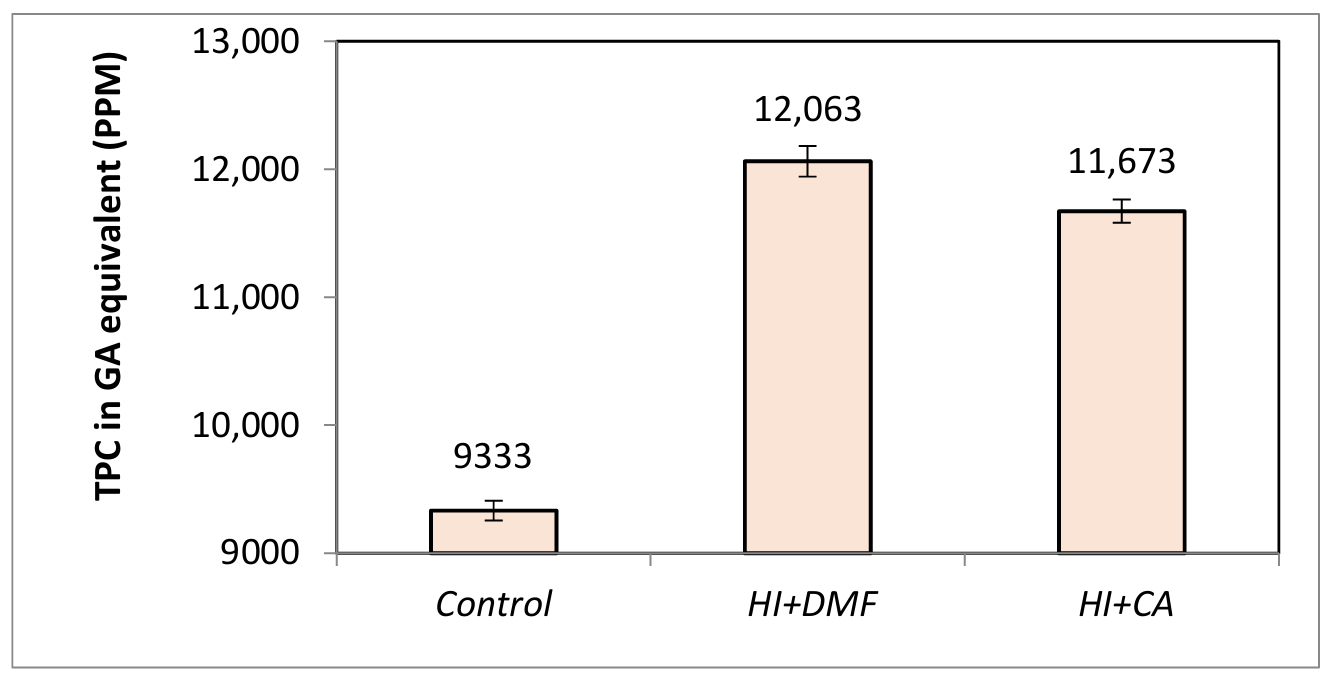
Open Access
Article
09 December 2025Defiant Doctorates: Reshaping the Social, Cultural and Intellectual Value of the Doctorate in Regional Universities
Universities are ranked and clustered into ‘like-minded’ institutions. Regional universities—as an adjective and noun or a compound noun—are defined via location, rather than academic standards, teaching innovation, research rigour, or the use of innovative technology. Through the ‘regional’ labelling, they are marked and separated as different from, and implicitly less than, urban and metropolitan institutions, which carry the excitement of urbanity, encompassing Virilian speed and prestigious alumni. This differentiation has consequences for grants, funding, academic staff attrition, and leadership. But what happens to PhD students at regional universities? Where is their voice? How are their views recognized, codified, and understood? Written between an experienced supervisor and a PhD student, this paper offers a different pathway through the regional graduate programme, offering a different lens to re-vision regional higher education, beyond cliches of partnerships and collaborations. As a theoretical and conceptual paper, it creates and holds space for PhD students in a revisioning of regional universities.
